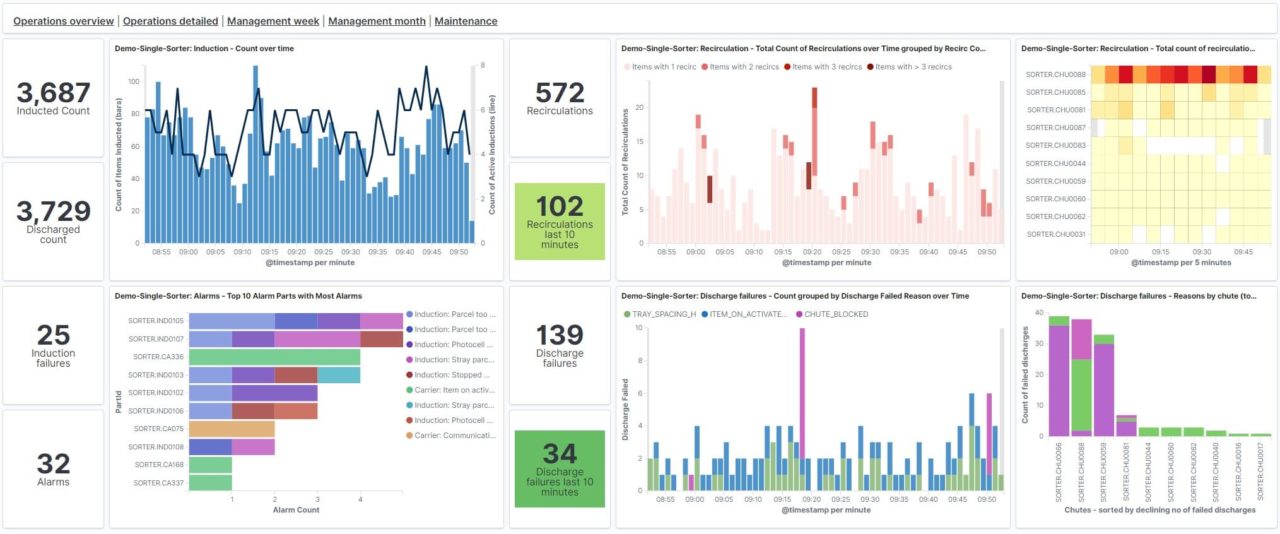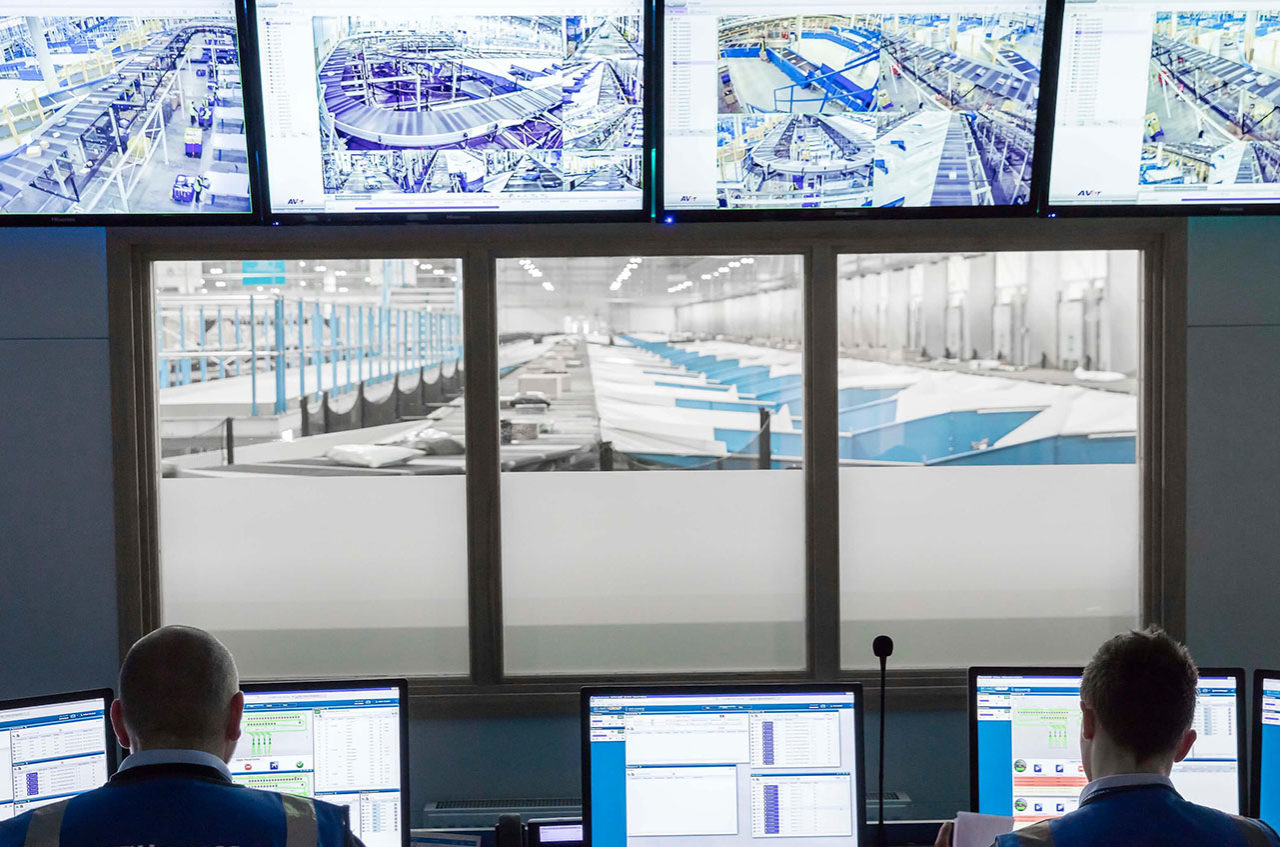By Anders Lildballe
The global business world has embraced data.
15 years ago, it was so costly to store data that after a while, most companies simply deleted their files. Today, with computer technology and server storage being more accessible and less expensive, many companies can afford to maintain data with the hope that it will help them understand their operation even better, thus paving the way for improved business results.
Of course, the CEP industry is no exception.
A competitive edge
CEP companies know that to keep their competitive edge, there really is no way around data analytics.
In an industry where the concept of optimisation used to always equal more steel, the development might require some getting used to. Improvements to the system are no longer solely dependent on physical change. Optimisation might as well arrive in the form of new software or robotic technology.
Data analytics entails a new way of thinking, but with constant steps in the right direction, the industry will get there. And when you consider the potential of data analytics, it’s no wonder that companies are motivated to get it.
Let’s take a look at some of the biggest benefits that companies can achieve by utilising data analytics and digitalising operations.
Better maintenance and prolonged lifetime
The fundamental idea behind data analytics is that it empowers companies to make informed decisions, to a much greater extent than today. With increased knowledge comes the power to realistically build the perfect system, or at least something close to it.
As CEPs collect more data, they develop a greater understanding of sortation solutions, which provides opportunities to improve systems in a number of different ways. For example:
- The ability to perform predictive or condition-based maintenance or replace parts, only when necessary, instead of doing it in pre-planned cycles.
- Prolong system lifetimes or make better use of the capacity because the data shows there is room for optimising parts of the system.
- Optimise performance – and the work environment for the staff working at the chutes – by analysing the optimum position for the parcel cages, to make sure the operator takes as few steps as possible.
And in the future, the list of data-driven analytics will keep expanding. Already today, sensors in systems are becoming part of the data flow and can be used to measure and gather enormous amounts of data. In the long run, more services will be created on the basis of what CEP companies can and will do with data. Like the video coding system (VCS) which is based on machine learning – or cloud-based OCR, which has proven both faster and more automated than the coding rooms we know of today.
















